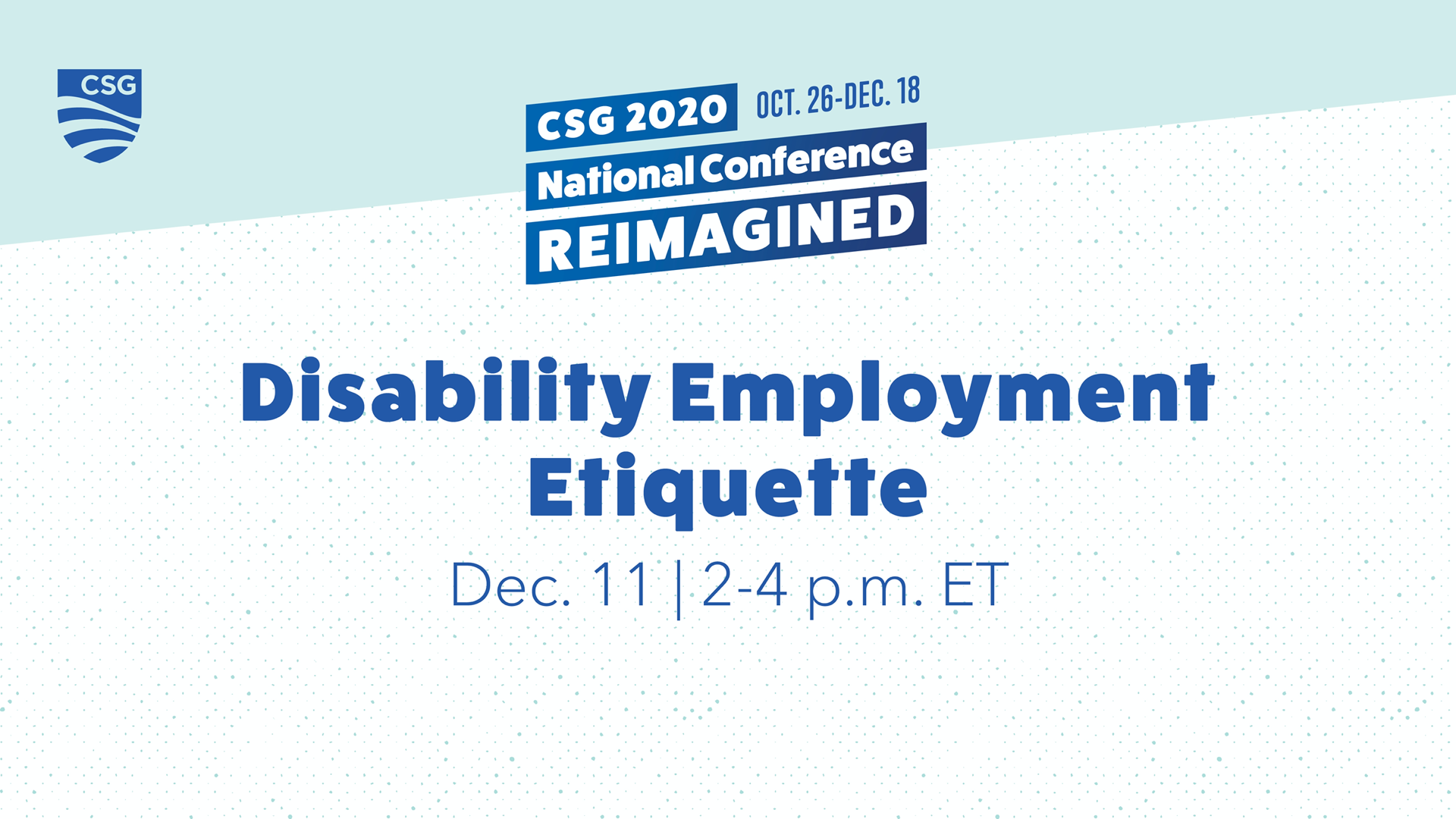By Dexter Horne, Senior Policy Analyst
Prior to his inauguration, President Joe Biden pledged to invest $50 billion in workforce training, including a substantial investment in the national Registered Apprenticeship Program that would “exponentially increase the number of apprenticeships in this country.” Concurrently, the House passed a bill in November — which has now received its second reading in the Senate — that would invest nearly $4 billion over five years in apprenticeship program expansion. These promises and actions at the federal level show that, in a country challenged by recession and high retirement rates, policymakers believe that apprenticeships are viable employment solutions.
Continue reading “Utilizing Public Sector Apprenticeships to Improve Employment Outcomes”
